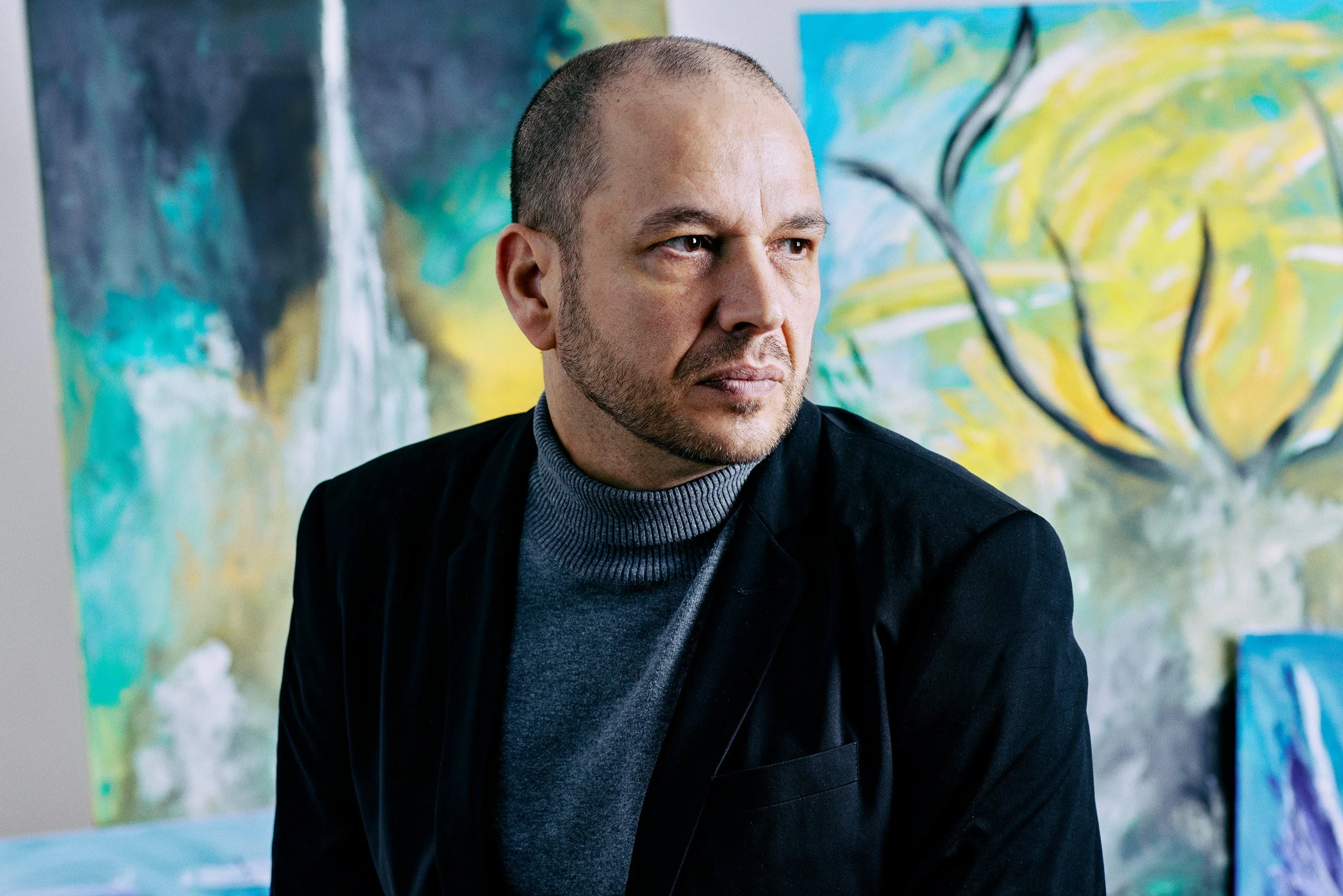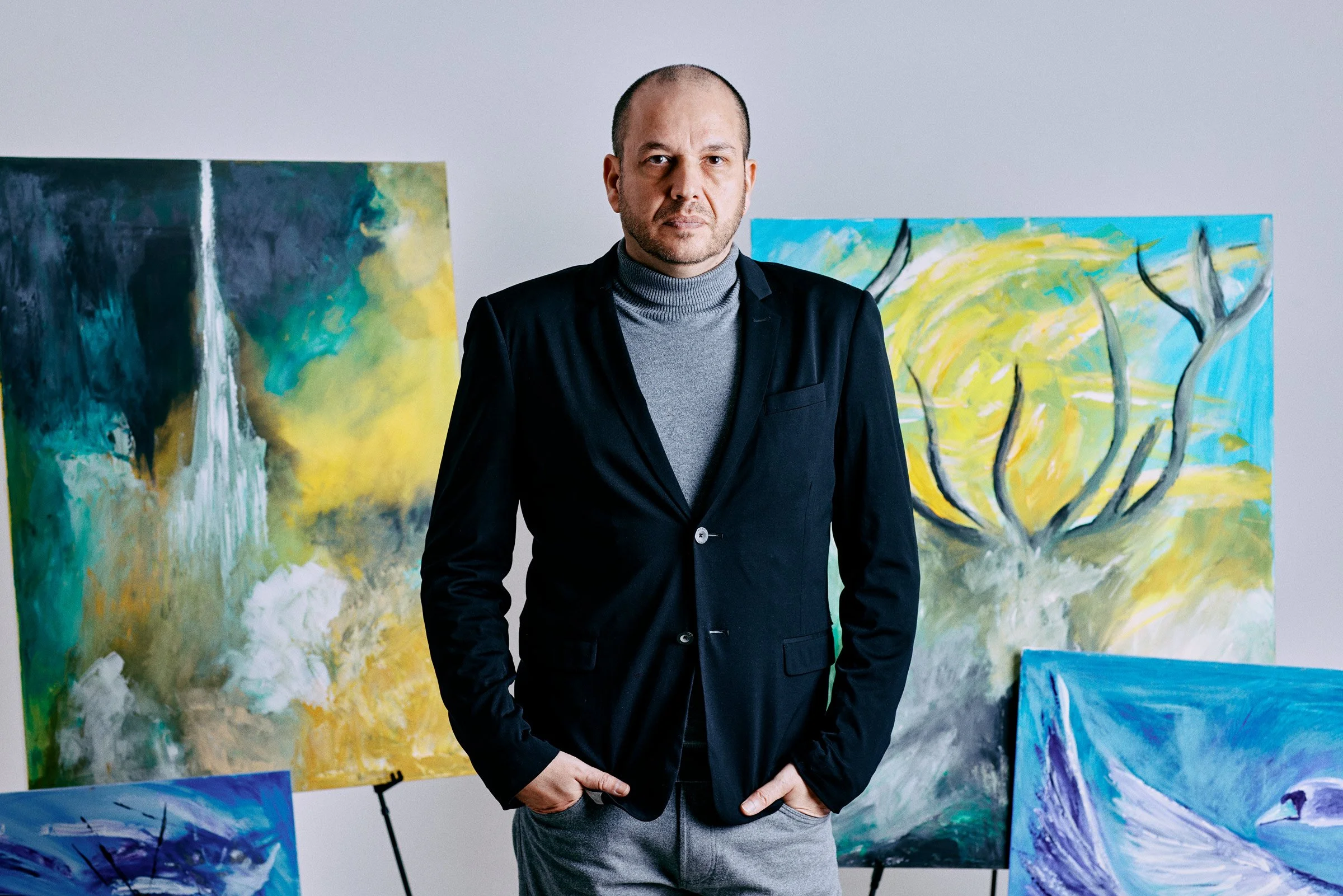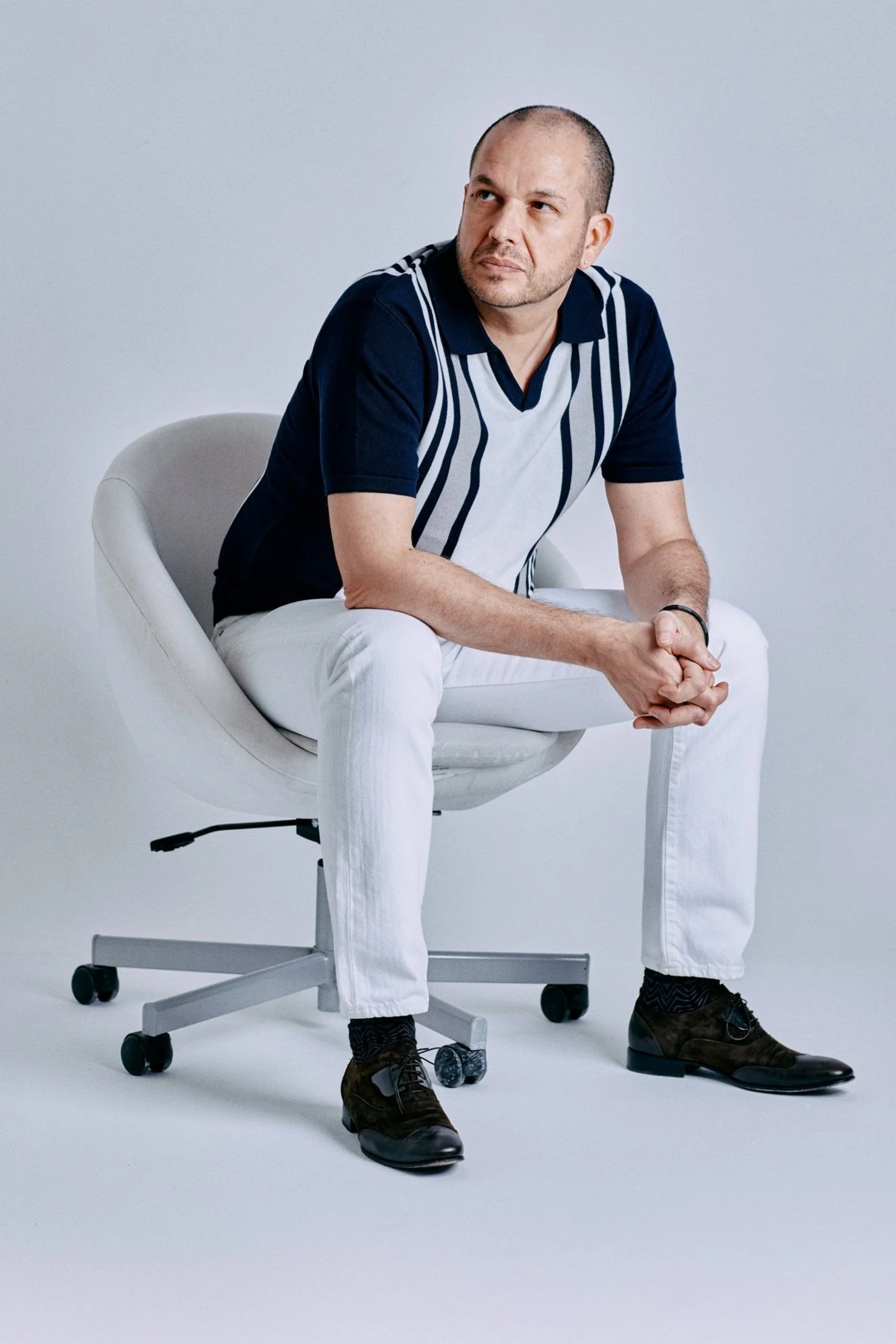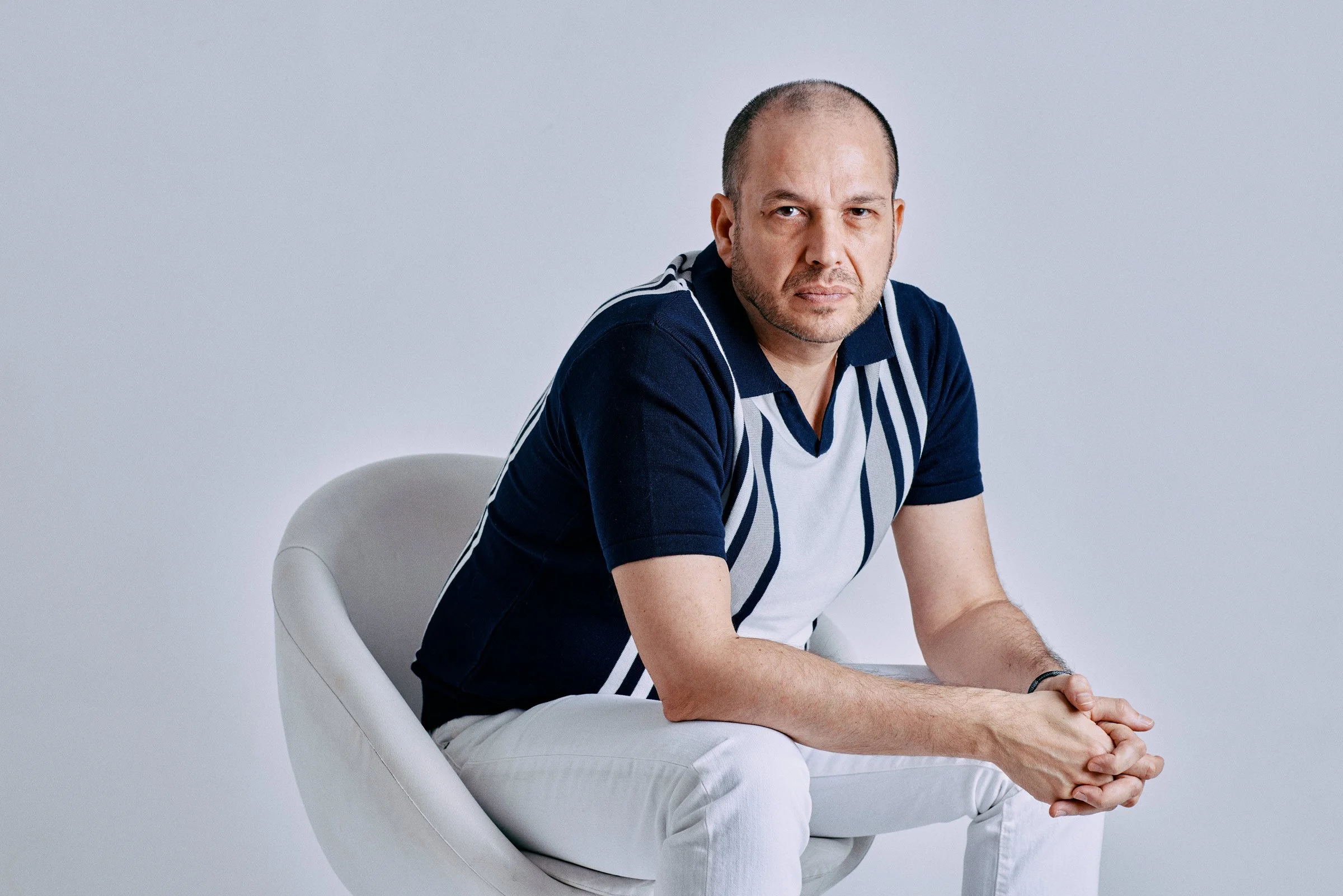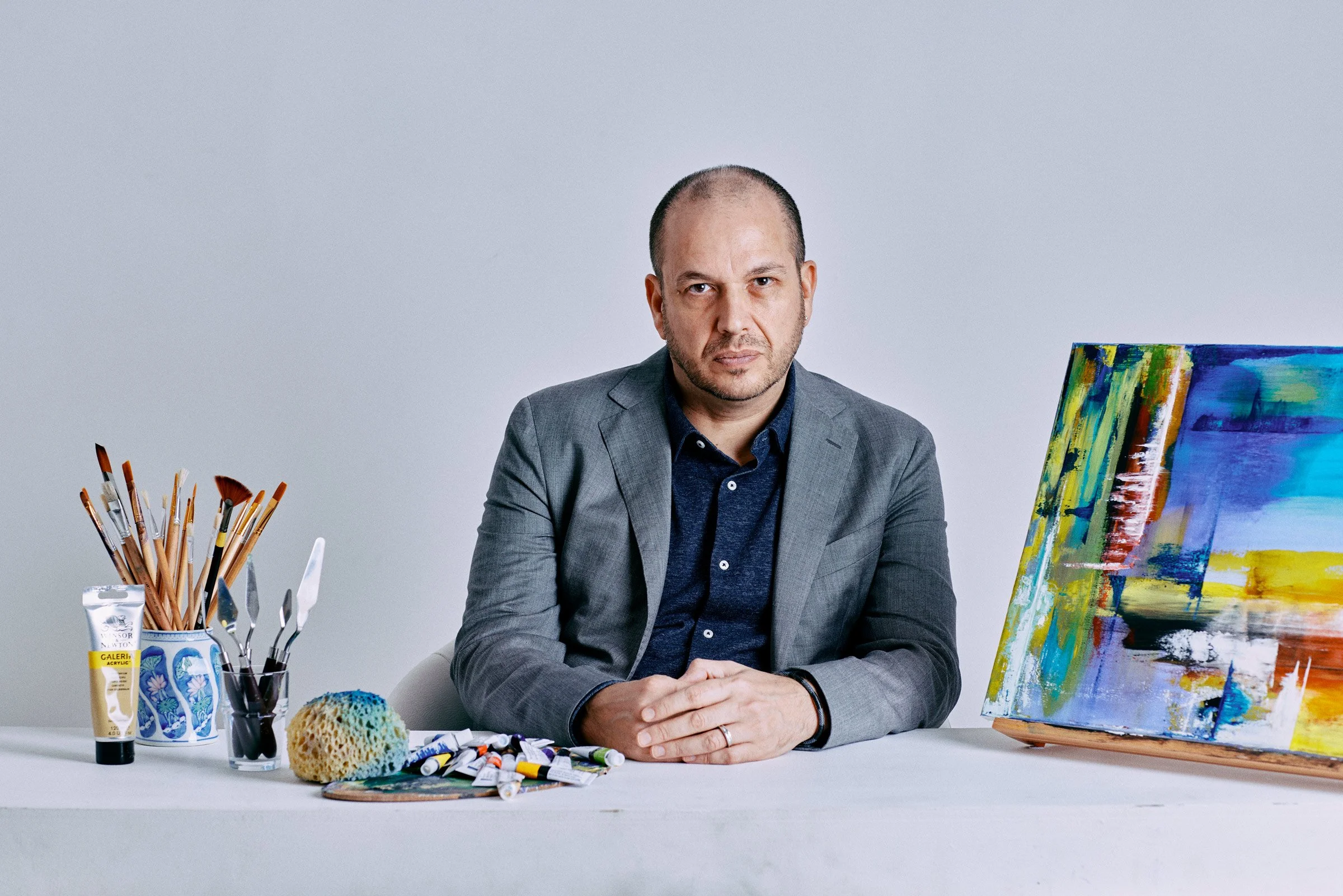What inspired you to become an artist?
I never consciously decided to become an artist; it was simply who I was. From an early age, creating felt natural, intrinsic, and inseparable from my identity. While I pursued formal art education in the UK and later attended art college, I often felt constrained by institutions that sought to dictate how and what I should create. Creativity should be boundless, not confined by rules or criticism. Every piece of art is beautiful because it emanates from a creative soul.
Interview
How would you differentiate your work from other artists?
This is a challenging question because to compare myself to others, I would need to understand what makes them who they are. I don't believe anyone can fully comprehend another artist's essence. I refrain from comparing my work to others because art is deeply personal. We are all individuals, and that individuality is the beauty of artistic expression.
Where do you find inspiration for your work?
My inspiration stems from energy. I am attuned to the vibrations of my surroundings, and these energies tell stories. I channel these energies into my art, transforming them into visual expressions that resonate emotionally. I gravitate towards high-vibration, uplifting energies, drawing from a place of love rather than fear.
Can you describe your creative process? Is it methodical or spontaneous?
My process is entirely spontaneous. I might be inspired by a thought, a place, or an object. I plant that seed and nurture it over time. When the energy of the piece calls to me, I begin. The work takes over; I don't control it—it controls me. The more I surrender to the process, the more effortless it becomes. If I ever feel frustration, I step back, realign, and allow the work to unfold naturally.
What message do you aim to convey through your art?
I aim to present an energy, a vibration that viewers can feel and interpret personally. I believe each painting is destined for a specific individual, even before it's completed. The energy and vibration embedded in the work are tailored for that person, offering them what they need, even if I don't understand the purpose.
What challenges do you face in your artistic journey?
The primary challenge is managing my ego. I must ensure it doesn't interfere with the creative process. If I sense my ego influencing the work, I pause and return when I'm in a better state. Creativity should be joyful, not burdensome. Joy is the essence of creation.
Do you employ any unique techniques or materials in your art?
I don't adhere to specific materials or techniques. I surrender to the process, allowing each piece to dictate its own path. This approach means I could never replicate any of my works because, truthfully, I don't know how they come to be.
Do you have a preferred format or medium?
I don't have a favorite format. The desire to evolve and grow is integral to my creative journey. Sticking to one format would limit that growth. I embrace change and the endless possibilities it brings.
What advice would you give to emerging artists following their intuition?
Trust yourself above all else. The creative journey isn’t linear or predictable. Embrace uncertainty, be patient with your process, and remember that the most authentic work comes from surrendering to your inner voice — not external expectations.
Where do you create your art?
I work from my own studio, which offers serene views of the English countryside. It's a tranquil space that allows me to disconnect from the world and connect deeply with the energy of creation.
How do you hope your art affects those who experience it?
I hope my art acts as a gentle invitation for viewers to slow down and reconnect with themselves. Whether it sparks introspection, peace, or inspiration, I want each piece to be a doorway to personal discovery and emotional resonance.
